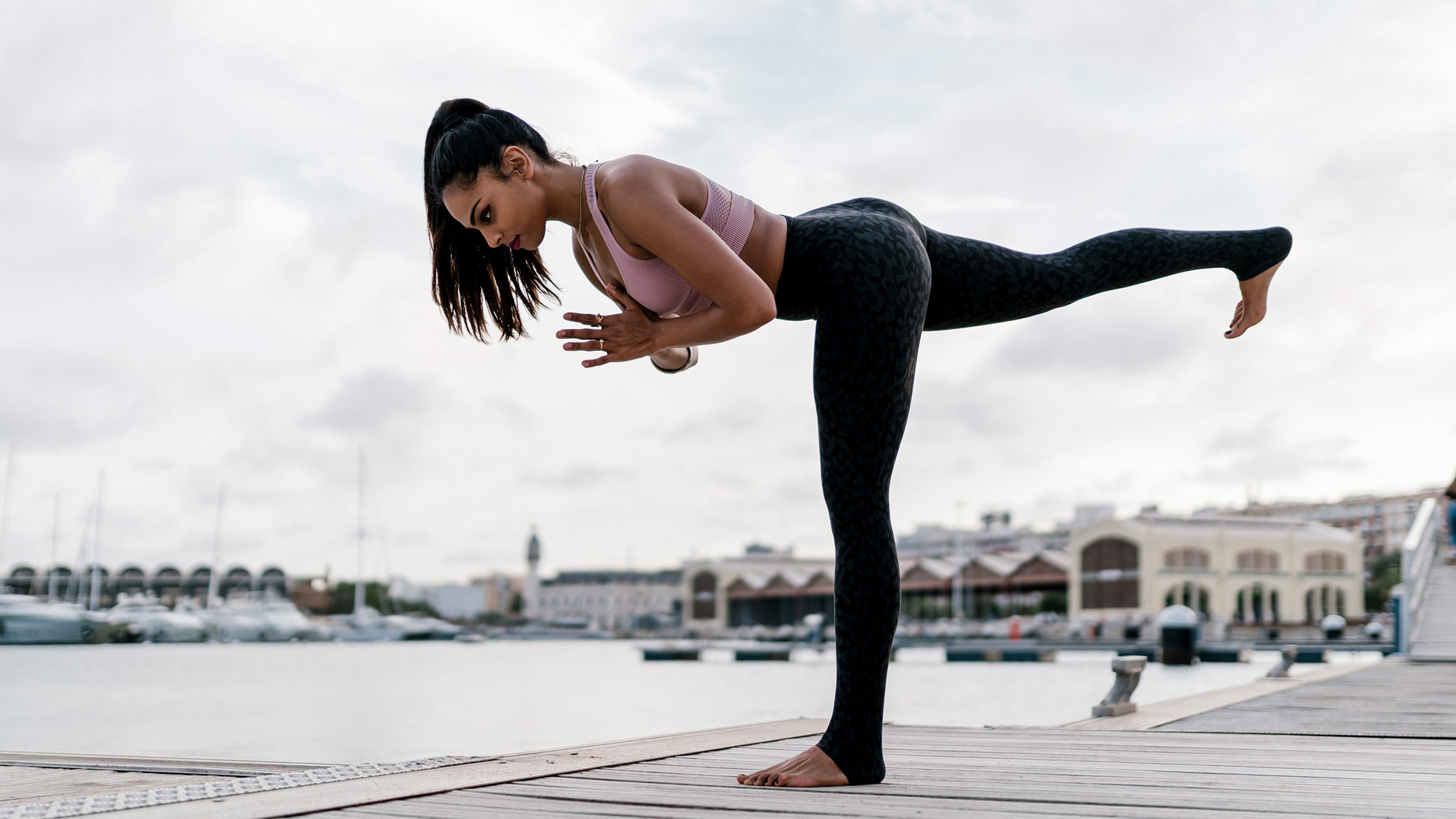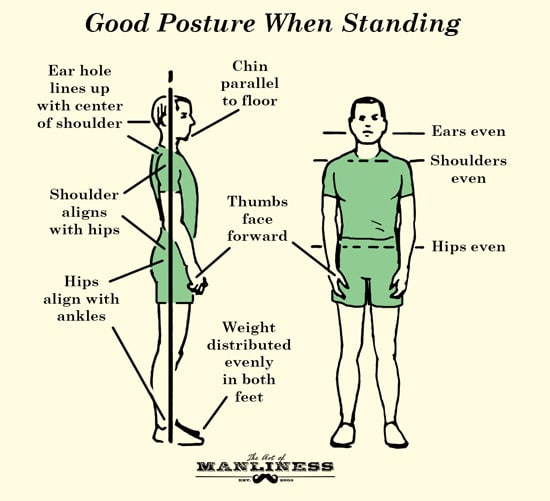
Yoga is an excellent exercise that involves combining breath with movement, which reduces blood sugar levels. It helps reduce stress and improve blood circulation. Yoga can be particularly beneficial to diabetics. It has been shown to be beneficial for those with high blood sugar levels. It is recommended for diabetics.
It can be practiced at home and is generally considered safe. Before you begin a yoga class, consult your doctor. High-impact or fast-paced yoga is not recommended for people with diabetes. Head stands and forward folds can increase blood pressure. If you have diabetes, it is a good idea to consult your doctor before you begin these exercises.
Yoga also helps diabetics manage their stress. Some asanas increase the pancreas' ability to produce insulin. Yoga improves the ability of the pancreas to produce insulin and reduces obesity risk. As with any exercise program, it is important to consult a doctor before beginning any yoga exercises. To help you select the right program, a doctor may be able to discuss the benefits and offer guidance.

There are many other benefits to yoga for diabetics. One of the most important poses is the Ardha Matsyendrasana. It massages the internal organs. It can also lower the risk of heart disease, because it promotes the release of insulin. This practice has been shown in studies to lower diabetes risk and improve overall well-being. It is important to maintain a healthy lifestyle and follow the prescribed medications.
There are many benefits to yoga for diabetics. It improves blood circulation, and helps to regulate hormones. It can be used to help diabetes patients manage stress. Managing stress is a critical factor for type 1 diabetes. When the body is stressed, it can't make insulin. Stress can make insulin production more difficult.
Yoga not only has positive effects on the bodies, but it also lowers the risk of developing diabetes. Because it increases the efficiency of your pancreas through muscle stretching, yoga can increase insulin secretion. This is vital for managing blood sugar. It is also known to reduce stress in diabetes patients and people with prediabetes. While yoga may not be suitable for everyone it has been shown beneficial for diabetics.
Although yoga practice can help improve blood glucose levels there are certain limitations. Studies of yoga have often been conducted without proper control groups, with a limited number of participants, and for short periods. These studies may not represent all of the yoga benefits. Many factors can also influence the findings of the studies. The most important aspect is the fact that exercise helps patients manage their stress levels, which in turn reduces their risk for developing diabetes.

There are many health benefits to yoga. While it is not an aerobic exercise, it improves blood sugar levels and reduces the size of the waist, which is important for people with diabetes. It can reduce constipation and improve cardiovascular health. It can also promote a healthier mood and lower blood pressure. For diabetics, yoga is the best form medicine. They will have the energy they need for a long and healthy life.
Another benefit of yoga is its ability to help with diabetes. It can be used to prevent diabetes-related neuropathy (which is nerve damage). It can also help to control blood sugar levels, which can be beneficial for people with diabetes. In fact, it has been shown to improve the quality of life of people suffering from diabetes. Exercise should be under the watchful eye of a certified professional.
FAQ
How many times a week should I exercise?
It all depends on how much time and what kind of exercise you like. An average guideline is to do moderate-intensity aerobic activity 3 to 5 days per semaine. It's important that you don't overdo it. Consistent exercise is essential to achieving maximum benefit from your workouts.
Which exercises are best for me?
It all depends on what type of fitness goals you have. Some people focus on endurance activities like running, cycling, and swimming. Others enjoy lifting weights or using resistance bands. There are many exercise programs on the market today. Choose an option that suits your lifestyle.
Is Cardio Better Than Strength Training?
Both are equally excellent. For those who want to gain muscle quicker, cardio is a better choice.
Cardio burns far more calories per min than strength training. It also burns fat more efficiently.
Strength training increases muscle mass but takes more time than cardio.
Can I consume alcohol while working out?
Yes. Alcohol can increase energy expenditure and speed up recovery, as well as reduce soreness.
It also increases insulin sensitivity. This makes it easier and faster to absorb glucose.
Alcohol can cause dehydration. This can slow down your metabolism. Also, alcohol can reduce testosterone production, which may lead to lower muscle-building potential.
For these reasons, women shouldn't drink alcoholic beverages before working out. Women who have consumed a lot of alcohol should wait at most 24 hours before working out.
Nursing mothers should abstain from alcohol as much as they can.
Men should only consume one drink per day.
Which workout is best to build muscle?
There are two main things you must do when building muscle mass. These include isolation exercises and compound movements. While compound movements focus on a single muscle, isolation exercises are focused on specific muscles.
You can improve your workouts by choosing exercises that challenge all major muscle groups. This will ensure that you work hard every session.
To keep track of what you have done, use an app called MyFitnessPal. It lets you log everything from calories burned and weight lifting. You can also make custom meal plans according to your goals.
Do I have to do it every day?
No! Do at least 30 minutes of moderate intensity physical activity five days a week. This could be walking fast enough so you feel slightly out breath or cycling hard enough to sweat.
Which dietary supplements are good for weight loss.
Losing weight requires both diet and exercise. Some people find that certain supplementation can be helpful.
Many studies show that omega-3s may help you lose weight. Omega-3 fatty acids are essential fats that are vital for brain function, cell membrane integrity, and other functions. They're found in seafood like salmon, tuna, shrimp, and cod liver oil.
Other research suggests that green tea might be beneficial for weight loss. Green tea is rich in catechins, antioxidants which may boost metabolism and aid weight loss.
How to build muscles quickly
It is important to eat healthy food and lift weights frequently in order to quickly build muscle.
It is best to exercise in the morning, when you feel fresh and ready to go!
It is a good idea to do exercises like push-ups (pushes), bench presses (squats), and so on.
Try different weight training routines, and don't forget to drink plenty of water throughout the day.
Statistics
- 10 pounds in a month is likely during a lean bulking phase, especially for beginners. (muscleandstrength.com)
- According to the American Academy of Dermatology (AAD), men over 50 are at a heightened risk of developing it. (healthline.com)
- The PRS enabled risk stratification for overall prostate cancer and lethal disease with a four-fold difference between men in the highest and lowest quartiles (HR, 4.32; 95% confidence interval [CI], 3.16-5.89). (pubmed.ncbi.nlm.nih.gov)
- An estimated calorie range for moderately active adult males falls between 2,200 to 2,800 calories per day, depending on age. (eatright.org)
- According to the American Heart Association, blood pressure should be checked at least once every two years, beginning at age 20. (my.clevelandclinic.org)
External Links
How To
How do I lose fat by exercising?
Exercise can help you burn calories and increase your metabolism.
At moderate intensity, you will lose weight easily.
To burn fat while exercising, follow these tips:
-
Cardio exercises like walking, running (or jogging), swimming, cycling, running, and/or elliptical training are all good options.
-
Exercise for 30 minutes three times per week.
-
You can lose weight by adding strength training to the routine.
-
Avoid intense workouts. It's possible to build muscle, but not lose it.
-
Hydrate well during exercise. Water helps flush out toxins and keep your body properly hydrated.
-
Choose low-fat protein shakes after working out. Protein shakes can help boost energy and repair muscles.
-
Take smaller meals throughout each day to avoid feeling hungry.
-
Don't skip breakfast! Skipping breakfast can make you tired and sluggish.
-
Take care of your mental health. Stressful situations can slow metabolism.
-
Keep a positive attitude. Studies show that people who believe they are overweight gain more weight then those who think they are attractive.
-
Get enough sleep. You will have a harder time losing weight if you do not get enough sleep.
-
Keep active. Make sure you get up and move every hour.
-
Maintain a healthy diet. A healthy diet will help you feel fuller for longer.
-
Find ways to relax. Your body won't release stress hormones that cause muscle tissue destruction if you have a tense mind.
A balanced diet includes all essential nutrients needed for growth and development.
Six small meals per day is better than three large meals. This gives your body the time it needs to process what you've eat.
Calcium is required to support strong bones. Calcium can also be found in milk products, yogurt, fortified Soy beverages, orange Juice, cereals and bread.
Calcium comes from leafy green vegetables, beans, tofu, nuts, seeds, and cheese.
Vitamin D is necessary for the body to absorb calcium. Vitamin D can be found in egg yolk, fatty fish, and other fortified foods.
Vitamin E is crucial for skin health. Vitamin E can also be found in vegetable oil, wheat germ oils, peanuts as well almonds, sunflower seeds and corn.
Your body needs zinc to maintain normal immune function and heal wounds. Zinc can be found in seafood, legumes and meats.
Zinc deficiency can cause fatigue and loss of appetite. It can also lead to depression and impaired immunity.
Insulin resistance is caused by eating too much sugar, which can increase blood glucose levels. Insulin resistance can lead to weight gain.
When there is a high level of free radicals, insulin resistance can develop. Free radicals are molecules with unpaired electrons that damage cell membranes and other parts of the body.
The most common sources of free radicals include food additives.
Free radical damage can lead to cancer, heart disease, diabetes, arthritis, asthma, and aging.
Eating a well-balanced diet with antioxidants is the best way to prevent free radical damage. Antioxidants protect against oxidative damage.
Vitamin C (found on citrus fruits), Beta carotene, found in carrots and sweet potatoes, spinach and broccoli, cantaloupe (found in tomatoes, mangoes and peppers), and Vitamin E (found nuts, olive oil and avocados).
Selenium, copper and manganese are all antioxidant nutrients.
Selenium is known to protect cells from the oxidative damage that free radicals can cause. Selenium is found in Brazil nuts, tuna, liver, kidney, shrimp, cod, turkey, beef, lamb, pork, and chicken.
Copper protects the brain, eyes, lungs, and red blood cells. Copper can be found in meat, shellfish, meat, and organ meats.
Manganese, an essential component of bone strength, is crucial. Manganese is found in brown rice, spinach, bananas, prunes, raisins, oatmeal, and lentils.
Zinc is necessary for average growth, reproduction, and wound healing. Zn can be found in lean cuts, white fish, poultry, eggs, and other foods.